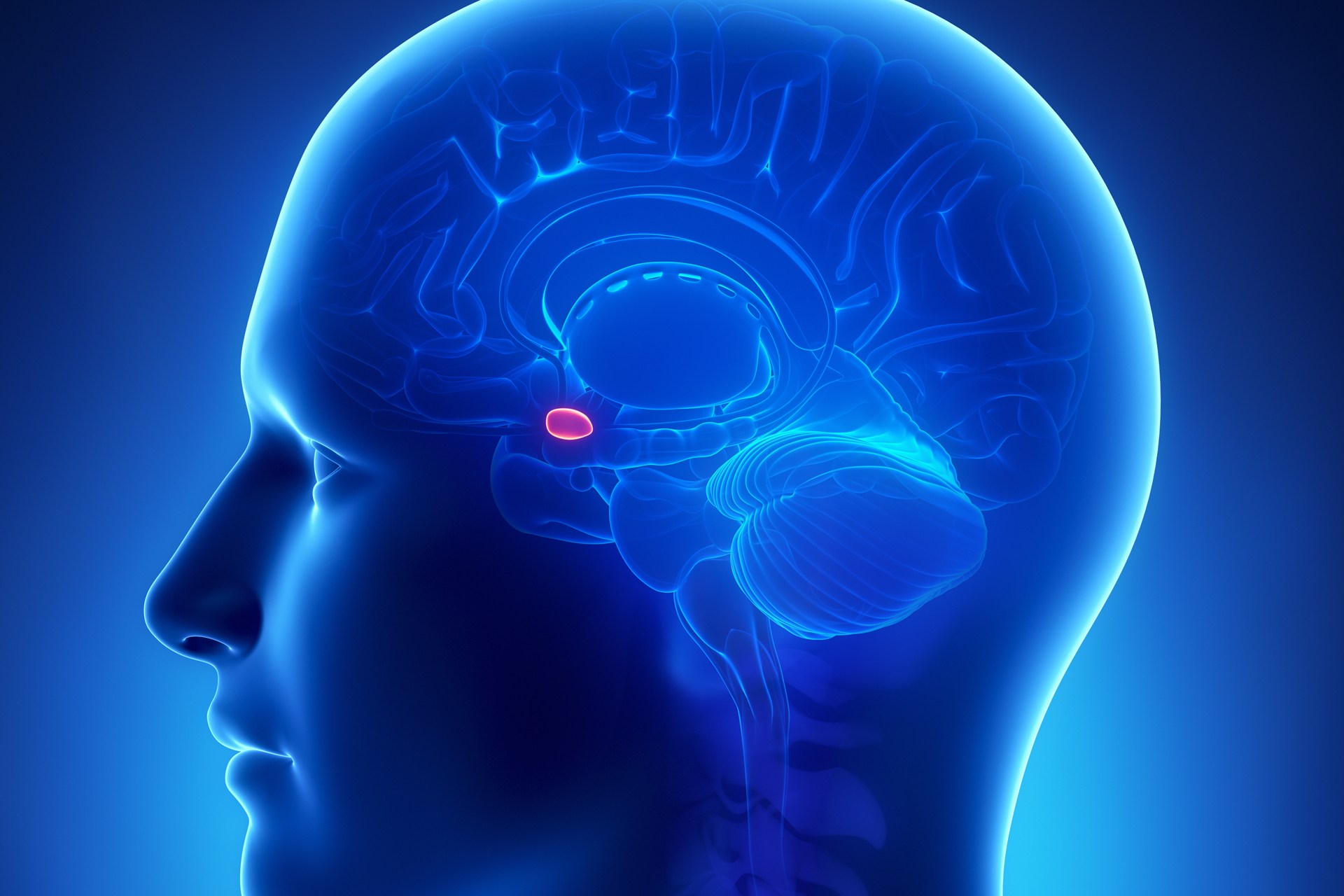How Are Your Emotional Patterns Affecting Your Movement & Health?
Sep 15, 2024
I observe the body through a functional lens and bring awareness to dysfunctional movement patterns. Patterns that can be improved upon with proper repatterning exercises to ultimately improve a person’s movement quality. Yet sometimes when I cannot surmise why a pattern doesn’t improve or why a body resists to do so then I need to dig deeper.
Our lives are a reflection of our Emotional Patterns. Our bodies create patterns that stem from our past and present. These patterns become part of our daily habits.
Did you know that our bodies hold on to grief, pain, trauma, injury, life events that we have experienced no matter how much time has passed? Our body stores them in an emotional filing cabinet. These emotions can manifest in our bodies over time and can lead to movement dysfunction, chronic pain, postural issues, physical and mental illness, breathing problems and more. Our brain and nervous system fight to keep us safe, but when we ask it to change its learned behavior (look inside the filing cabinet) we trigger the emotional center of our brain called “the amygdala”.

Quick Anatomy/Function: The amygdala is located deep in the medial temporal lobe. It is part of our limbic system. It is involved in many aspects of emotion, including fear, social stimuli, and positive emotions. It also plays a role in decision-making, motivation, and the fight-or-flight response. Image Credit: https://library.neura.edu.au
With training and practice new emotional patterns can be created and help us to heal. When we start to reprogram our emotional brain by confronting our ‘triggers’ we have a new way of directing our emotions.
For example, many clients I have seen over the years hold their emotions in the center of their bodies at the thoracic diaphragm. Oftentimes a person will protect this area with their hands or cross their arms over it as a way of protecting it from the world. Typically, these people are chest breathers, have high BP, gut issues, back pain, sleep disorders, acid reflux and numerous other symptoms.
I have seen an individual’s movement completely change by the freeing of their thoracic diaphragm. Sometimes they cry, yell, feel euphoric etc. Why? Their diaphragm/breathing has been impeded for so long, held down by emotions. For the first time in a long while, they experience improved breathing function, blood flow, oxygenation, Vagus nerve stimulation, improved movement, muscle function, sleep, and overall mood improvement.
You can see now why screening and assessing is a vital part of my practice with all clients. I hope this makes you think about where you live emotionally and how it may affect your movement and overall health. There is always more to a person's story, I take the time to find out.
Need help? Please Reach out.
Love & Strength,
Kerry

